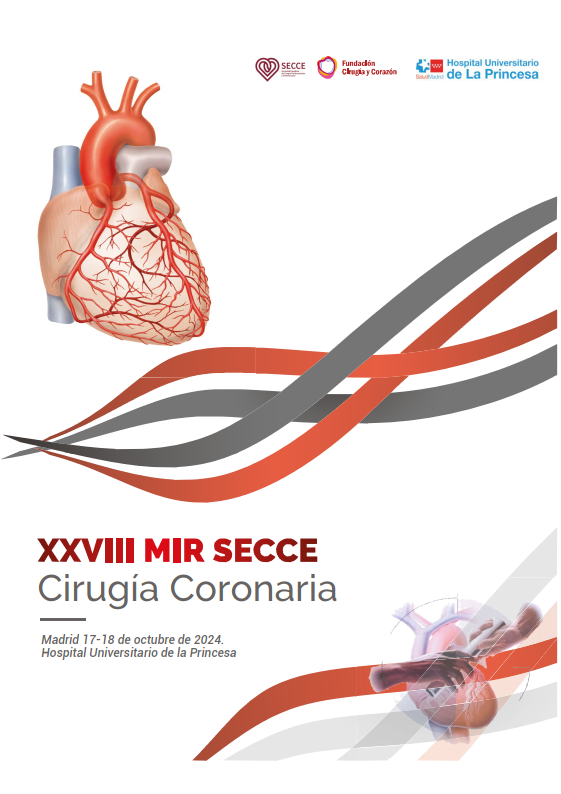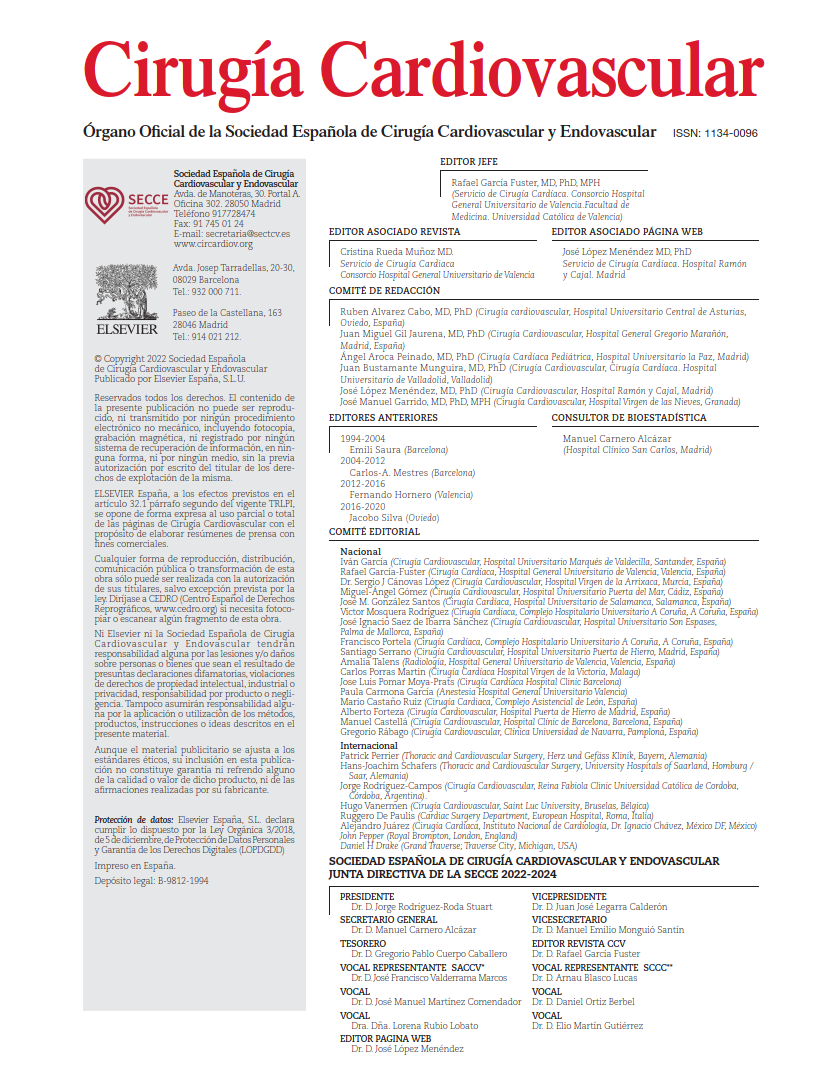Do children with CHD treated with VADs experience higher mortality and complication rates than those with other cardiac conditions? This investigation examines data from the ACTION registry to explore differences in postimplant morbidity and mortality between children with and without CHD treated with VADs, and within the CHD cohort, between single- and biventricular anatomies.
Heart failure in the pediatric CHD population represents a growing clinical challenge. While long-term survival after congenital cardiac surgery has markedly improved, there is an increasing need for advanced therapies such as VADs and heart transplantation. However, the wide anatomic and physiologic variability in children with CHD introduces substantial heterogeneity in device selection, surgical implantation techniques, and postoperative management. To date, relatively few studies have evaluated outcomes of VAD therapy in pediatric CHD.
This multicenter retrospective analysis included all children supported with VADs and reported to the ACTION group, a consortium of 44 centers—mostly in North America—dedicated to advanced pediatric heart failure therapies. A total of 966 patients younger than 19 years received VAD therapy between April 2018 and February 2023. Of these, 352 (36%) had CHD, and 65% presented single-ventricle anatomy. The study compared preimplant characteristics, adverse events, and postimplant survival between children with and without CHD, and further contrasted outcomes between single- and biventricular CHD subgroups. Multivariable statistical analyses (Cox proportional hazards model), Kaplan-Meier survival estimates, and nonparametric tests for median comparisons were performed.
One of the most notable findings was that children with CHD underwent VAD implantation under substantially more unfavorable clinical conditions: they were younger (1.2 vs. 9.4 years), more often in INTERMACS profile 1 (36.1% vs. 28.7%), had worse nutritional, renal, and hepatobiliary status, and more frequently required ventilatory support (67.0% vs. 44.1%), ECMO (33.2% vs. 20.5%), and parenteral nutrition (63.6% vs. 45.1%). Following implantation, CHD patients had significantly higher rates of major adverse events, including stroke (20.5% vs. 15.8%), postoperative bleeding (45.5% vs. 25.2%), severe infections (72.4% vs. 49.5%), renal failure (12.2% vs. 6.5%), and hepatic dysfunction (8.2% vs. 2.0%). Twelve-month mortality was also higher in the CHD group (25.9% vs. 8.3%; p < .001). In multivariable analysis, the risk of death among children with CHD was confirmed to be twice that of those without CHD (HR 2.05; 95% CI 1.39–3.02). Other predictors of mortality included ECMO use, preimplant renal failure or cholestasis, and implantation of paracorporeal continuous-flow VADs. Importantly, these findings closely mirror those of a recently published national study that analyzed short- and long-term outcomes of all pediatric patients supported with VADs in Spain.
Another key finding from the ACTION study was the absence of significant differences in survival between single- and biventricular CHD patients. The authors concluded that CHD is associated with poorer post-VAD outcomes, likely resulting from a combination of anatomic complexity, clinical status, and timing of intervention.
COMMENTARY:
This study represents one of the most comprehensive and up-to-date contributions regarding VAD use in pediatric patients with CHD. Its findings merit careful consideration, not only because of the robustness of the data but also due to their direct clinical implications.
First, the striking differences in preimplant clinical status between groups (with greater reliance on mechanical ventilation, ECMO, and parenteral nutrition in CHD) clearly highlight a problem of timing: VADs are likely being implanted too late in children with CHD. It is therefore unsurprising that mortality and complication rates are higher in this cohort, as implantation often occurs when these patients are already critically ill and have minimal physiologic reserve to withstand surgery and subsequent adverse events.
Second, the lack of significant survival differences between single- and biventricular CHD patients is particularly noteworthy. This challenges the traditional assumption that single-ventricle patients inevitably face worse prognoses due to their complexity. Instead, these results suggest that the degree of organ dysfunction and the timing of implantation may outweigh cardiac anatomy in determining outcomes. In other words, pediatric CHD patients with single-ventricle physiology supported with VADs do not necessarily experience poorer survival—provided that implantation is not unduly delayed.
The study also provides valuable evidence on the consequences of delayed referral to specialized centers for advanced pediatric heart failure management. This problem, already documented in specific cohorts such as Fontan patients, appears to extend across the broader CHD population. Recent initiatives from the ACTION group aimed at defining clear criteria for early referral are therefore of paramount importance to continue improving outcomes in this challenging population. However, the ultimate impact of such measures will depend on our ability to incorporate them promptly into routine clinical practice.
In summary, this work quantifies what many experienced teams had long suspected: CHD represents a major risk factor in children undergoing VAD therapy, not primarily due to anatomy itself, but rather because of the frequent delays in implantation. Improving outcomes will require earlier action, with well-defined referral protocols to specialized centers where proactive implantation strategies and standardized surgical techniques can be applied.
REFERENCES:
Amdani S, Shezad MF, Kroslowitz B, Townsend M, Joong A, Najm H, et al. Outcomes for Children With Congenital Heart Disease Undergoing Ventricular Assist Device Implantation: An ACTION Registry Analysis. J Am Coll Cardiol. 2025;85(8):804–814. doi:10.1016/j.jacc.2024.10.083.
Menéndez JJ, Sánchez-Galindo AC, Balcells J, Tejero-Hernández MÁ, Ferrer-Barba Á, Ibiza-Palacios E, et al. Short- and long-term survival of children treated with ventricular assist devices in Spain, based on 15 years’ experience. Eur J Cardiothorac Surg. 2023;63(2):ezad050. doi: 10.1093/ejcts/ezad050.



